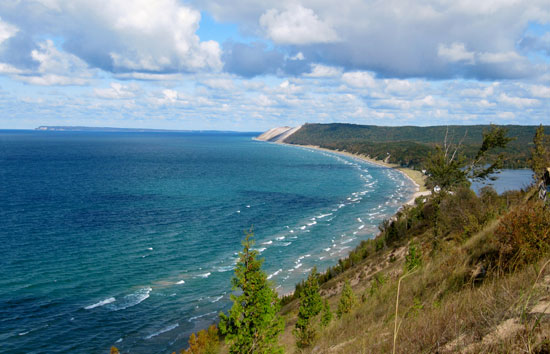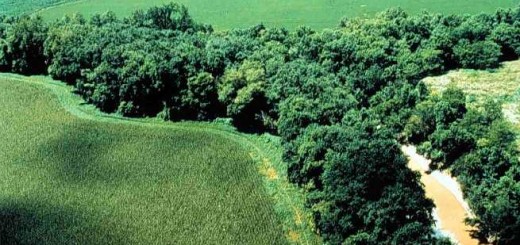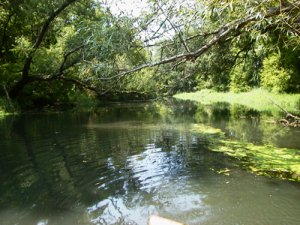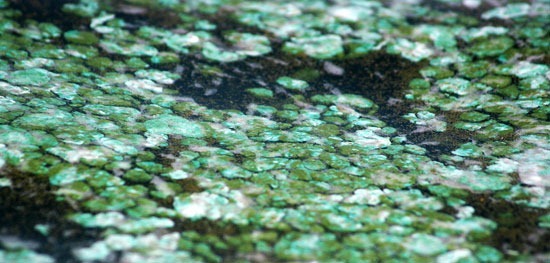‘Dr. Beach’ ranks Great Lakes coasts
0
“Dr. Beach” named Lake Michigan’s Sleeping Bear Dunes as the top Great Lakes beach.
Dr. Stephen P. Leatherman, director of the Laboratory for Coastal Research at Florida International University, recently conducted a search to rank the top five Great Lakes beaches.
Leatherman, who has earned the nickname “Dr. Beach” for his extensive research of America’s coastlines, takes numerous criteria into consideration when ranking a beach, including water and sand quality, safety, local vegetation, and overall cleanliness.
Cleanliness is a major concern at Great Lakes beaches due to the abundance of E. coli in many areas. A study conducted by the National Resources Defense Council found that 15 percent of all Great Lakes beach water samples collected in 2010 contained excessive amounts of E. coli — levels well above the national average.
The potentially hazardous concentrations of E. coli result from animal and human waste in the water.
In 2010, Great Lakes beaches had 3,766 days of closings and advisories due to unhealthy and unsafe conditions — a 14% increase from 2009. Leatherman removed any location routinely closed due to E.coli contamination from consideration.
Beaches were also docked points for significant amounts of algae, dirty bathrooms, heavy development, or storm water overflow pipes in the area, according to the Associated Press.
After 21 years of publishing rankings of the nation’s top ocean beaches, this was Leatherman’s first rankings for the Great Lakes. He obtained sand samples and conducted surveys in coastal communities. About 30 beaches were nominated.
Lake Michigan’s Sleeping Bear Dunes took the top spot, followed by Lake Erie’s Presque Isle State Park in Pennsylvania, Lake Superior’s Sand Point Beach in Michigan, Lake Huron’s Bayfield Main Beach in Ontario, and Lake Michigan’s Oak Street Beach in Illinois.
Leatherman was most impressed by Sleeping Bear Dunes’ varied landscapes that consist of massive dunes that vary in color and size and ascend up to 400 feet, hiking trails, and pristine beaches that draw flocks of tourists during the summer months.
Dr. Beach’s 50 Beach Rating Criteria [Dr. Beach] Testing the Waters: A Guide to Water Quality at Vacation Beaches [NRDC] ‘Dr. Beach’ picks top 5 Great Lakes beaches [MSNBC] North Beach receives honorable mention as most improved [Journal Times]
Image Credit: http://www.flickr.com/photos/rkramer62/4010581707













